I had planned this post as a reminder of warmer weather, which I assumed we’d all need in late December. But feels like spring today in central Iowa, with temperatures in the high 50s.
Whether you celebrate Chanukah, Christmas, Kwanzaa, winter solstice, or some other holiday this time of year, my gift to you today is one picture from each of the 31 editions of Iowa wildflower Wednesday published during 2019.
I’m grateful to all who helped me with this project, including those who authored posts (Katie Byerly, Lora Conrad, Patrick Swanson) and those who contributed photographs for one of more of my pieces (in addition to the guest authors: Kim El-Baroudi, Jessica Bolser, Rick Hollis, Andy Kellner, Wendie Schneider, Lorene Shepherd, Don Weiss, and David Wehde).
Iowa wildflower Wednesday will return sometime during the spring of 2020. Please reach out if you have photographs to share, especially of native plants I haven’t featured yet. The full archive of more than 200 posts is available here, alphabetized by the plant’s common name.
February 20: Winter wonderland
I hadn’t planned to publish any wildflowers posts over the winter, but Patrick Swanson submitted a wonderful collection of snow-covered plants on the prairie remnant he has been restoring in Harrison County. This shot features lead plant, which is on my target list for next year.
May 8: Pasque flower
Patrick Swanson captured this plant at all stages of development and showed a variety of pollinators. Here a butterfly samples a flower:
May 15: Prairie trillium
Lora Conrad showcased this rare plant. This flower is fully open.
May 22: Jack-in-the-pulpit
My younger son’s interest in this flower fueled my efforts to learn more about wildflowers, which eventually spawned Bleeding Heartland’s wildflowers series. To acknowledge his role in my journey, I let him choose which photo from my post to include in today’s compilation.
May 29: Garlic mustard
I titled this post “the despised garlic mustard,” because this is one of the worst invasive plants in North American woodlands. Immediately after taking this picture, I pulled up the garlic mustard blooming in the foreground (small white flowers). Those are Virginia bluebells in the background.
June 5: Mayapple (umbrella plant)
I love finding these in the woods. The leaves are easy to spot, but you usually have to crouch down to see the flowers.
June 12: Daisy fleabane
Lora Conrad, Katie Byerly, and I all contributed photographs for this post. Here’s one of Lora’s:
June 19: Purplestem Angelica
Katie Byerly wrote the text and shared more than a dozen photographs of this “giant in the wildflower world.”
June 26: Brent’s Trail: Envisioning a state trail through the Loess Hills of western Iowa
Patrick Swanson described a project to honor the memory of Brent Olson, a longtime forester for the Loess Hills State Forest. His post included some lovely views of yucca and prairie larkspur flowers. Here’s a shot of the larkspur:
July 3: Yarrow
Mike Delaney’s restored prairie in Dallas County has provided source material for many of Bleeding Heartland’s wildflowers posts (see here, here, and here for a few examples). I’d been meaning to profile yarrow for years.
July 10: Venus’ looking glass
Wendie Schneider, Lorene Shepherd, Kim El-Baroudi, and Don Weiss all contributed photographs of this beauty, also known as clasping bellwort. This is one of Wendie’s pictures.
July 17: Thimbleweed
This easily overlooked plant, also known as windflower, was another find on Mike Delaney’s Dallas County land, near the edge of the woods.
July 24: Pale purple coneflower
By my count, this tallgrass prairie inhabitant was the 200th wildflower species featured at Bleeding Heartland since Iowa wildflower Wednesday began in 2012. The color of the ray flowers can range from nearly white to deep pink.
July 31: Sulfur or rough-fruited cinquefoil
I took pictures of these non-native wildflowers while hunting for plants that belong on Mike Delaney’s restored prairie.
August 7: Summer at the Neal Smith National Wildlife Refuge
I took pictures of more than a dozen prairie wildflowers during a visit to this must-see attraction in central Iowa. The pink flowers in this shot are ironweed, and the yellow flowers are rosinweed.
August 14: Tall green milkweed
Staff at the Port Louisa National Wildlife Refuge gave me permission to publish this gorgeous photo by wildlife biologist Jessica Bolser.
August 21: American pokeweed
I learned so much from this post by Lora Conrad. In this picture, you can see tiny green berries forming within the flowers.
August 28: Sweet Joe-Pye weed
I’d thought about featuring this plant for years, but never seemed to catch it during the peak blooming period. All along, a colony was hiding in plain sight in my neighbor’s yard.
September 4: Cylindrical blazing star
Katie Byerly has a knack for finding rare wildflowers. I’d never seen this blazing star before, but she found a colony at the Fossil and Prairie Park Preserve in Floyd County. The image at the top of today’s compilation also comes from her photoset.
September 11: Slenderleaf false foxglove
Patrick Swanson shared his knowledge and photographs of this unusual, hemiparasitic plant.
September 18: Field thistle
I wouldn’t have known the difference between this plant and its close relative tall thistle. Fortunately, Dr. Thomas Rosburg of Drake University gave a guided tour to a group visiting the never-plowed Tipton Prairie in Greene County. Insects were crawling all over the flowers in bloom as well as those that had gone to seed.
September 25: Indian grass
I haven’t featured many grasses over the years. This post included some of my shots from Tipton Prairie, including this one, as well as material contributed by Wendie Schnieder and Katie Byerly.
October 2: White snakeroot
Despite this plant’s tragic place in U.S. history, I love the little white flowers, which are popular with pollinators in the late summer. Lora Conrad took this picture of a bumblebee:
October 9: Woodland lettuce
I’d never have been able to distinguish these plants from tall blue lettuce without Tom Rosburg’s help.
October 16: Lesser fringed gentian
At a fen in southeast Cerro Gordo County, Katie Byerly found a large colony of these beautiful and rare plants.
October 23: Clearweed
The flowers on this common woodland plant are the opposite of “showy.” But I enjoy featuring the less spectacular native species from time to time. My favorite bit of trivia about clearweed came from the Illinois Wildflowers website: this plant’s translucent foliage “has been useful in biology classes to show the uptake of liquids from the roots into the stems and leaves.”
I didn’t mess up the lighting here–clearweed leaves really are that shiny.
October 30: Plants with sticky burs
Of more than a half dozen plants featured in this post, the most hated (judging by comments in the Iowa Wildflower Report Facebook group) was Virginia stickseed:
- “pays to know your enemy”
- “that one %#@#^&^”
- “They should be called long-coated dogbane”
- “Took a week to get last weekend’s out!”
- “this one is horrible!”
- “I have some knives that will scrape them off a smooth fabric, tho it is a laborious project. Fuzzy fabric–forget it. This is how people learn to wear denim or Carhart.”
This shot shows a couple of the tiny white flowers still blooming near the end of the raceme.
November 6: Zigzag goldenrod
Kim El-Baroudi invited me to visit her beautiful Des Moines backyard, where many of these plants were blooming in the fall. Goldenrod species can be difficult to distinguish from one another, but zigzag goldenrod has some telltale markers: the bent stem and coarsely toothed leaves.
November 13: Tall coreopsis
These plants belong on the prairie, but I photographed a colony next to the parking lot in front of the Greater Des Moines Botanical Garden.
November 20: Sawtooth sunflower
This plant had been on my list for a long time, and I was so glad to find some still blooming near the Neal Smith National Wildlife Refuge in early October. Sawtooth sunflowers often reach heights of 10 to 14 feet, but this one wasn’t even waist-high.
November 27: Common blue wood aster
Katie Byerly closed out this year’s series by researching this woodland plant. I had trouble choosing among her many lovely pictures, but I settled on one with her happy Prairie Dog in the background.

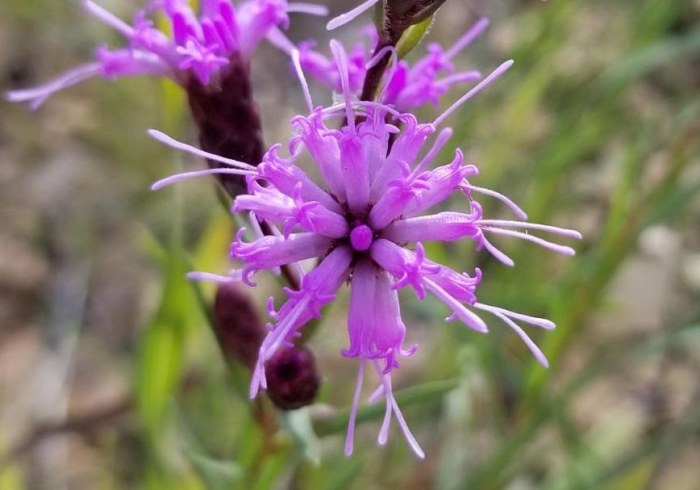
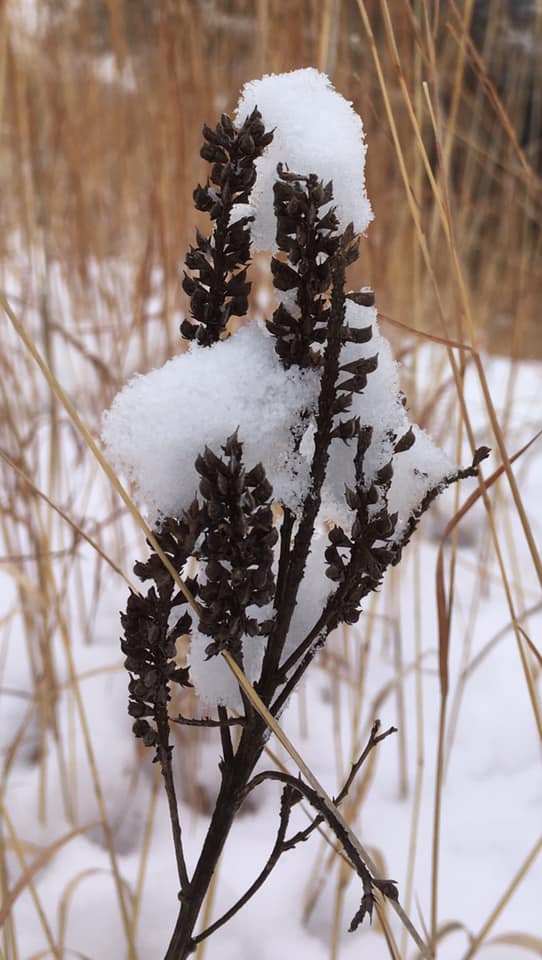
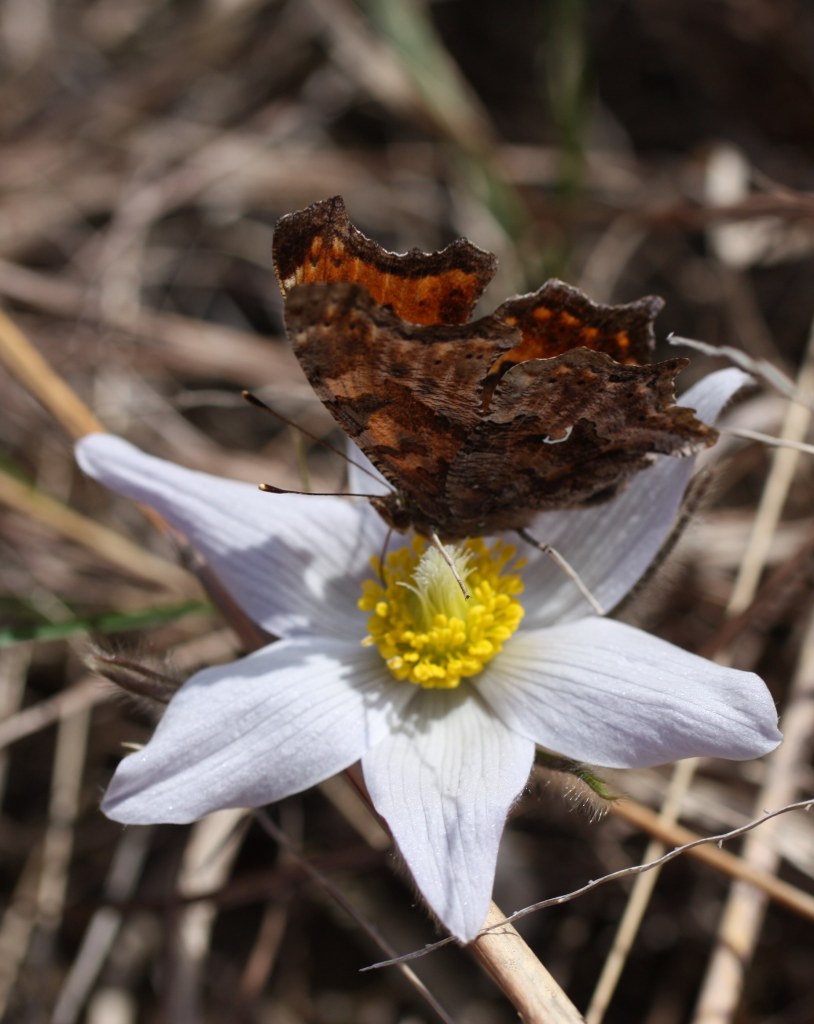
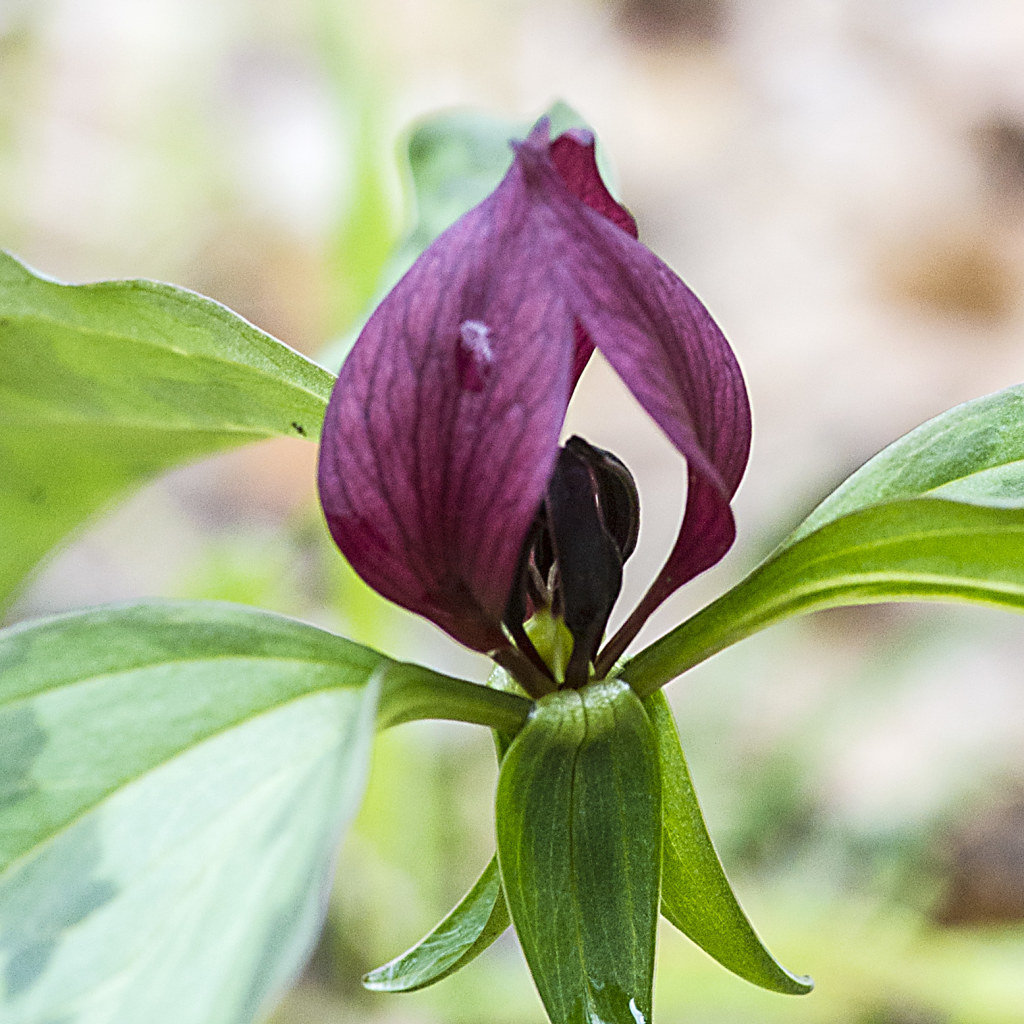
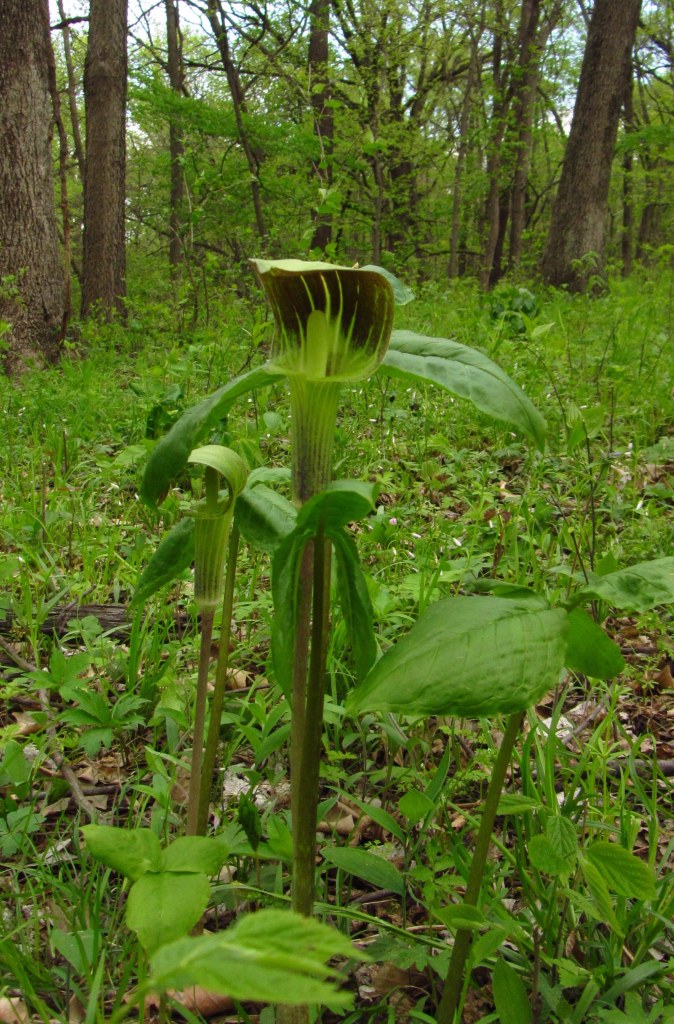
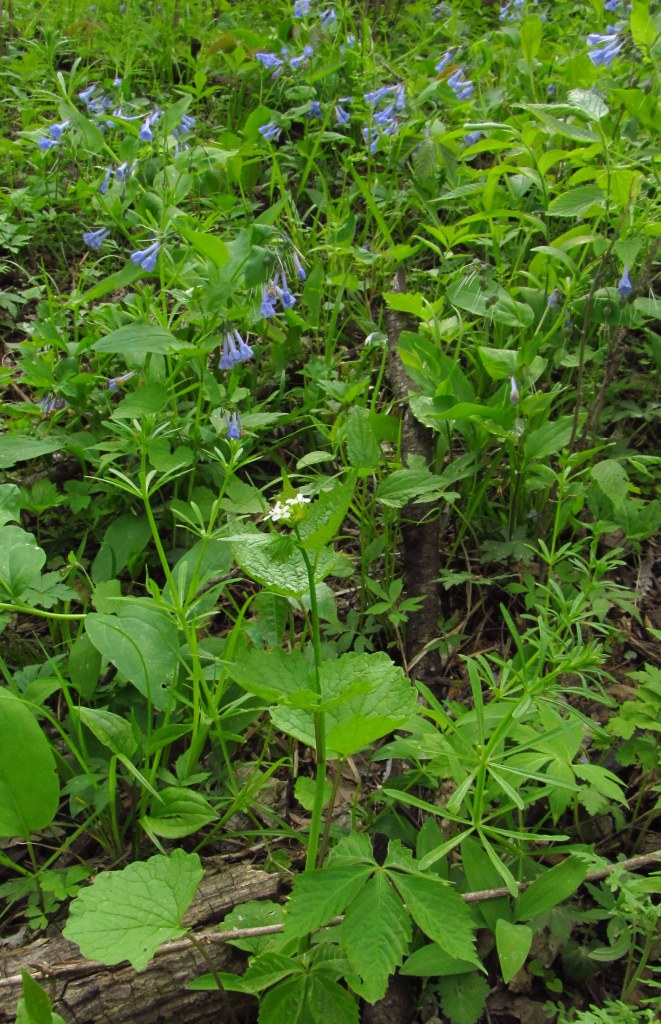
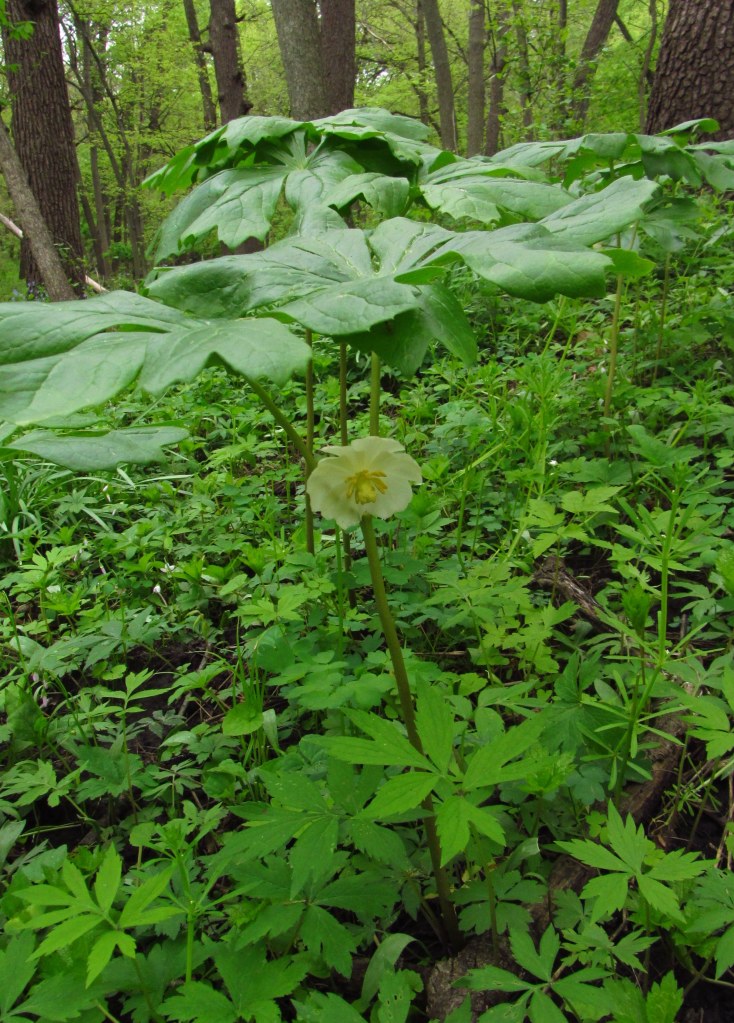
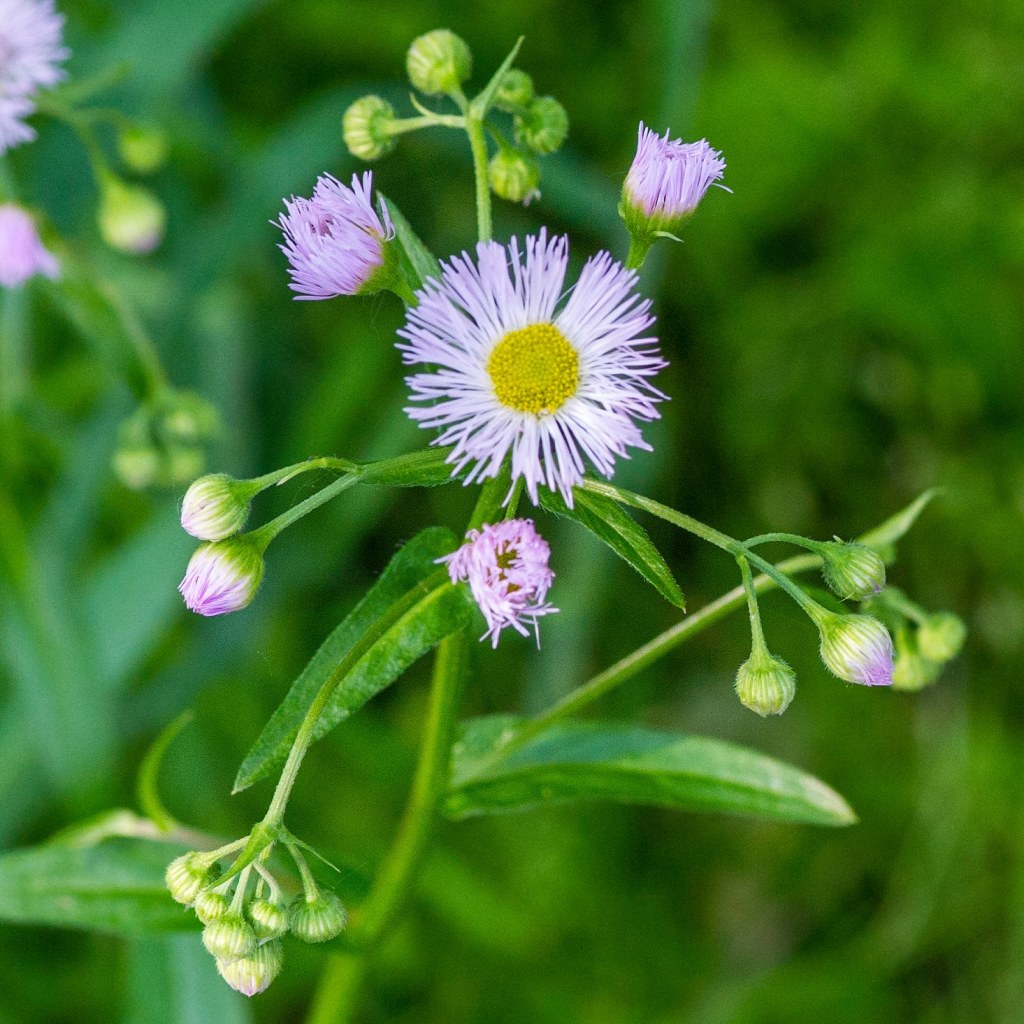
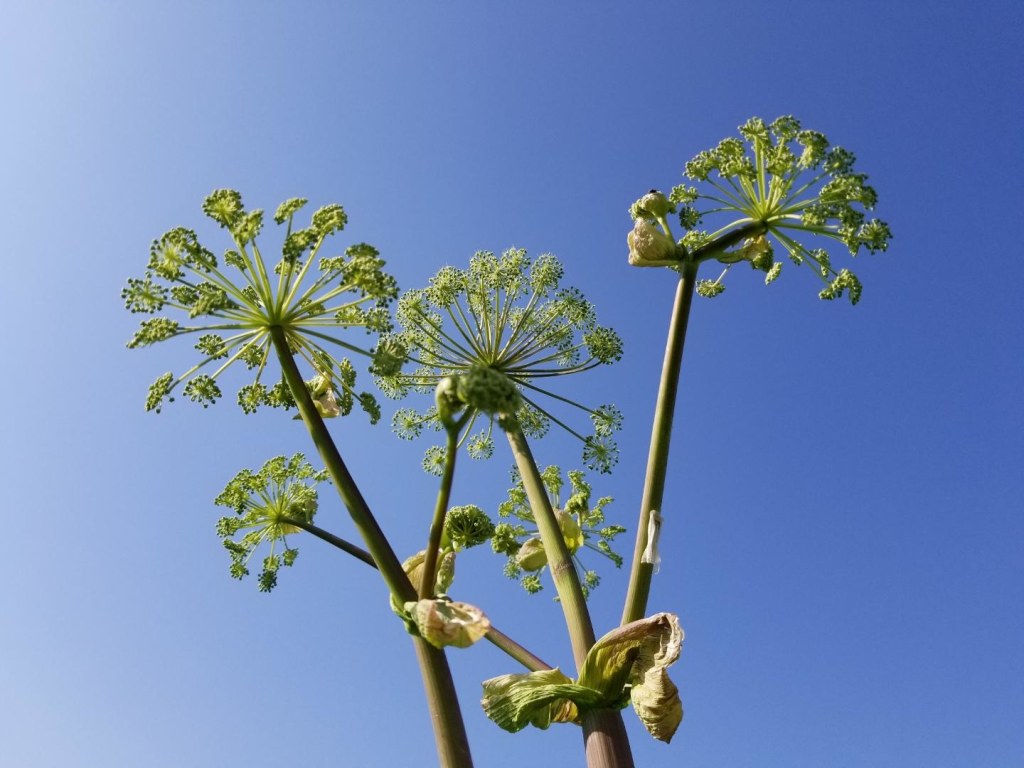
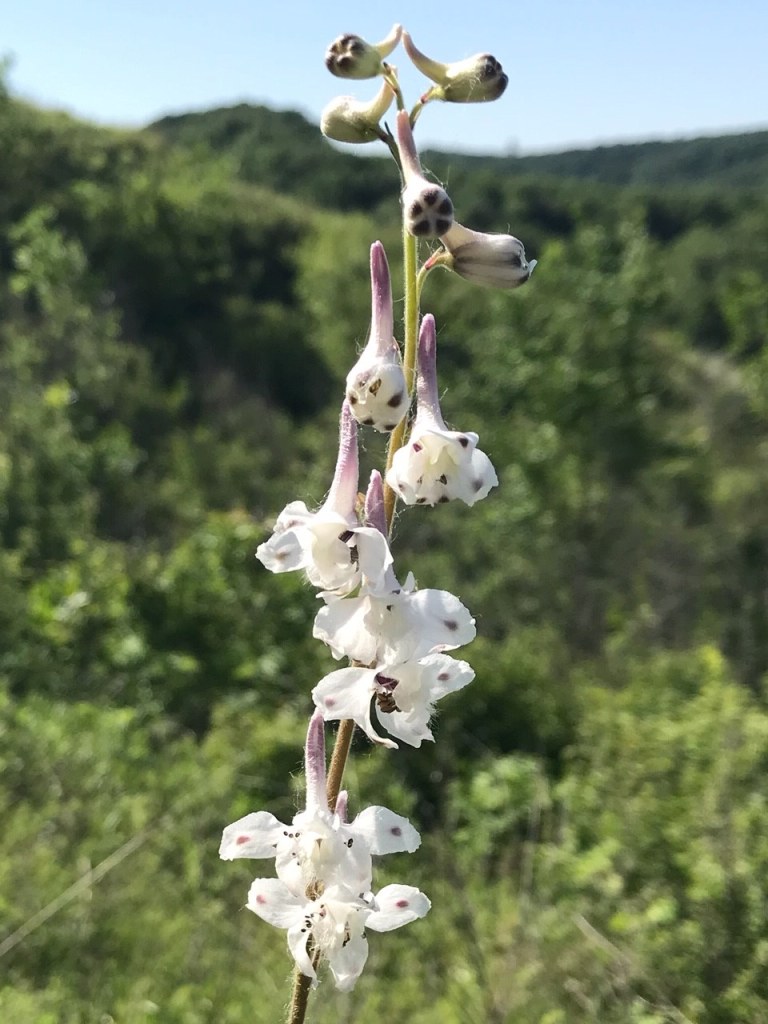
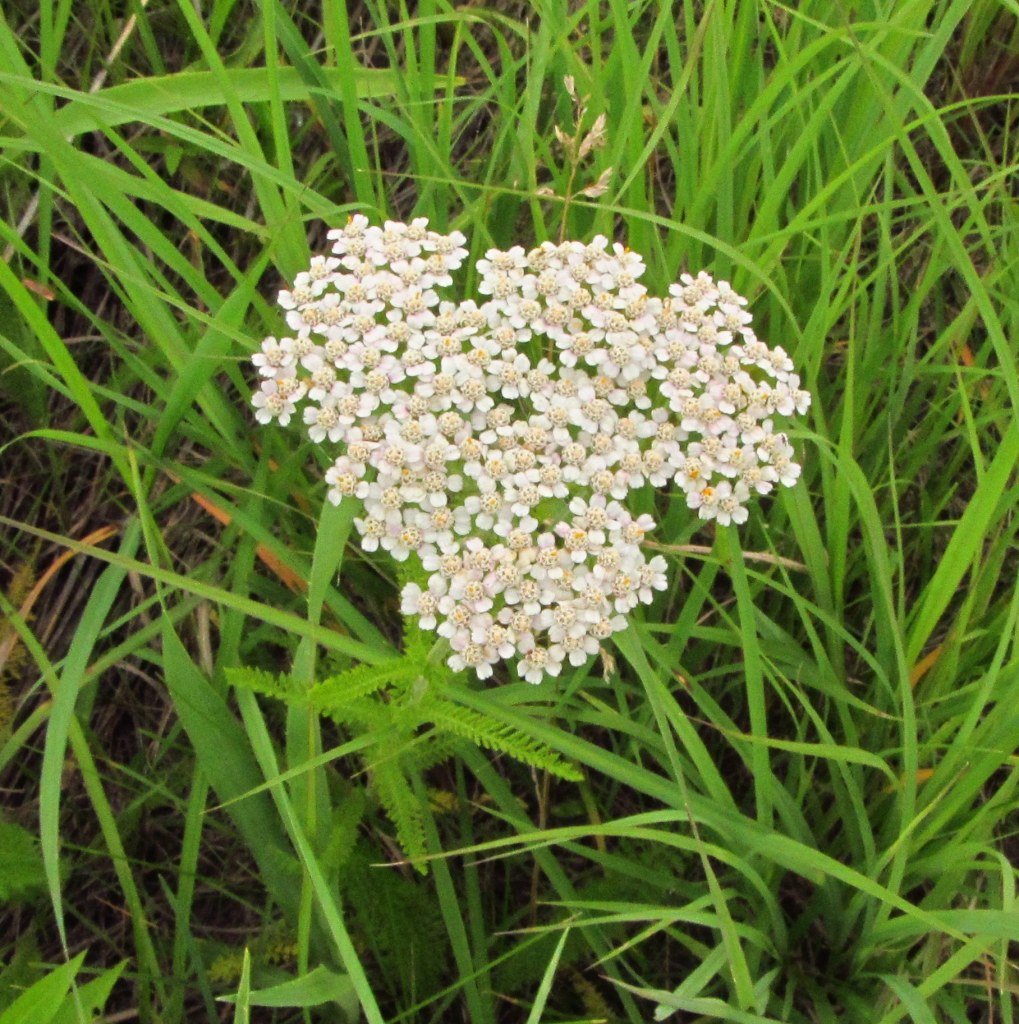
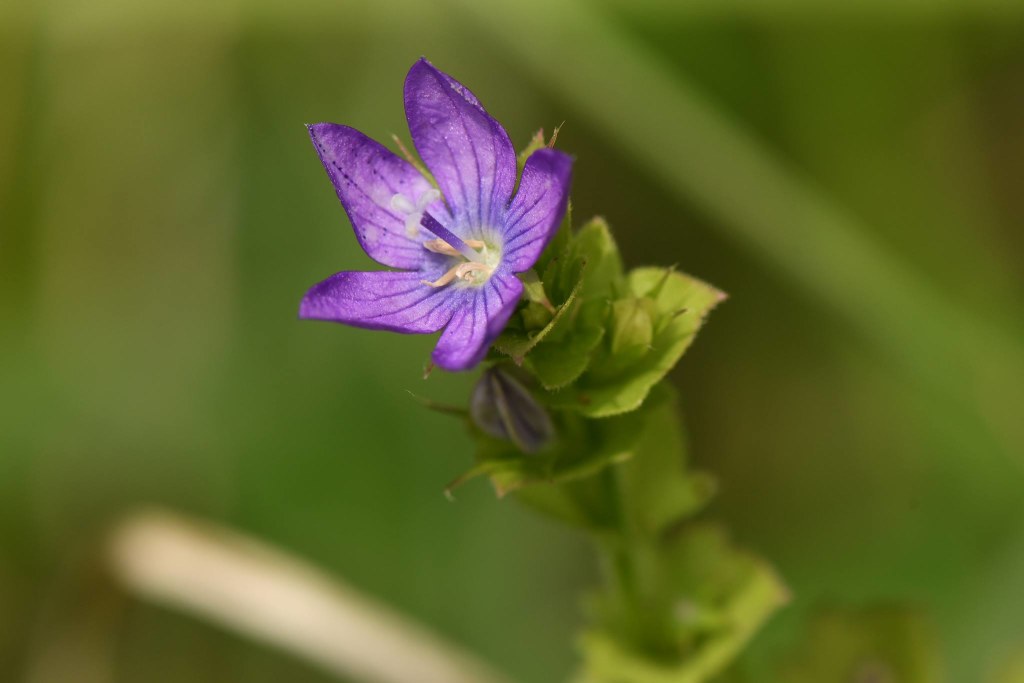
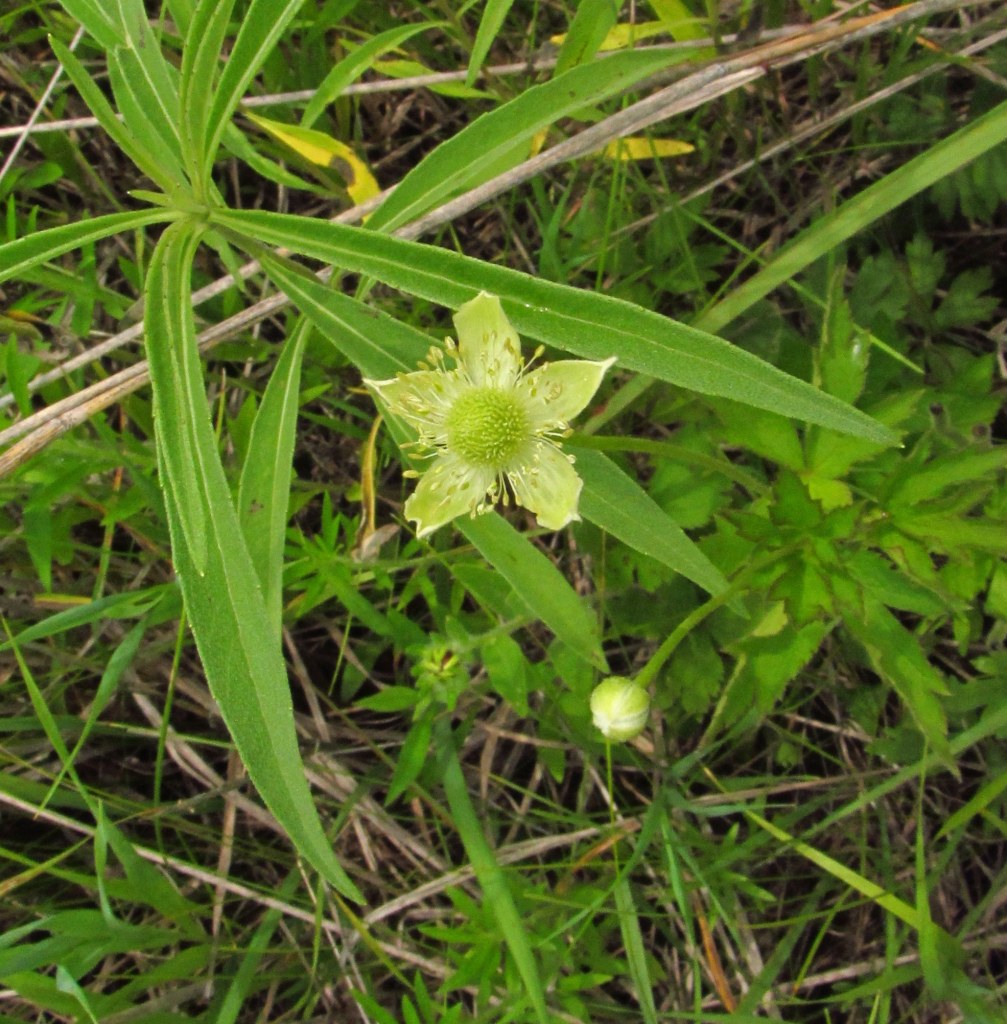
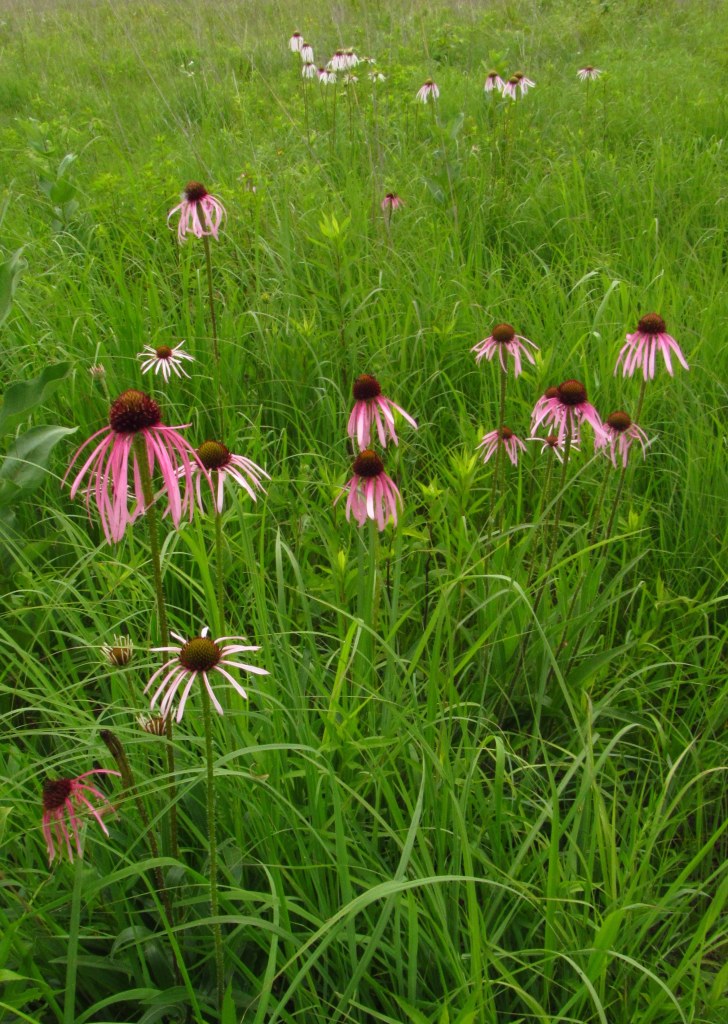
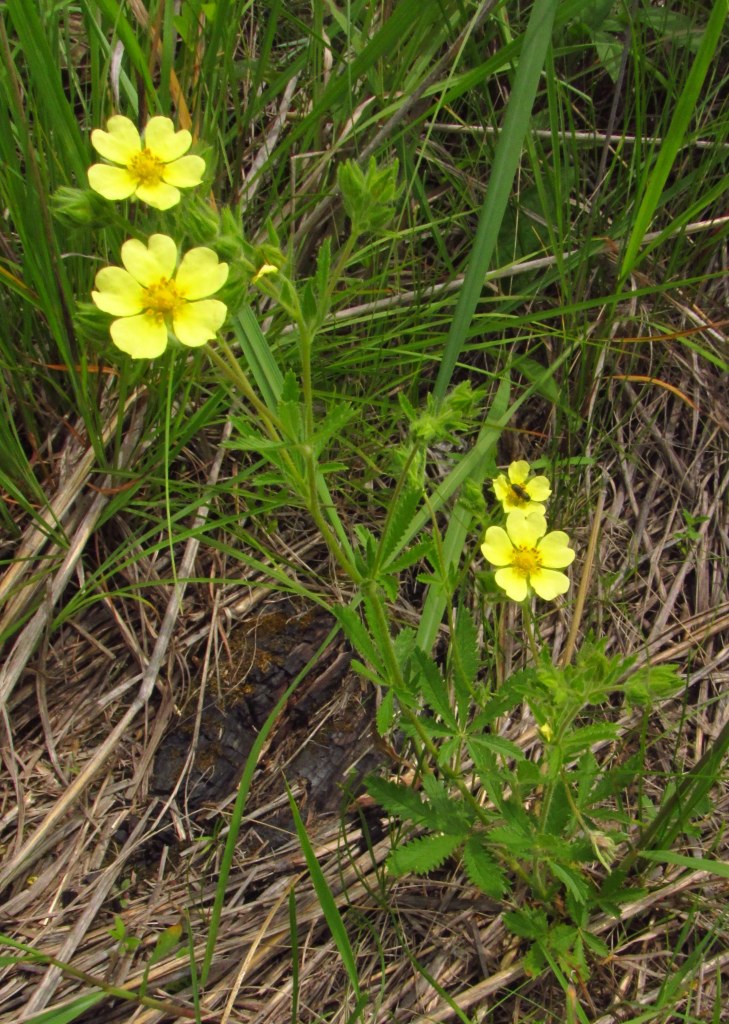
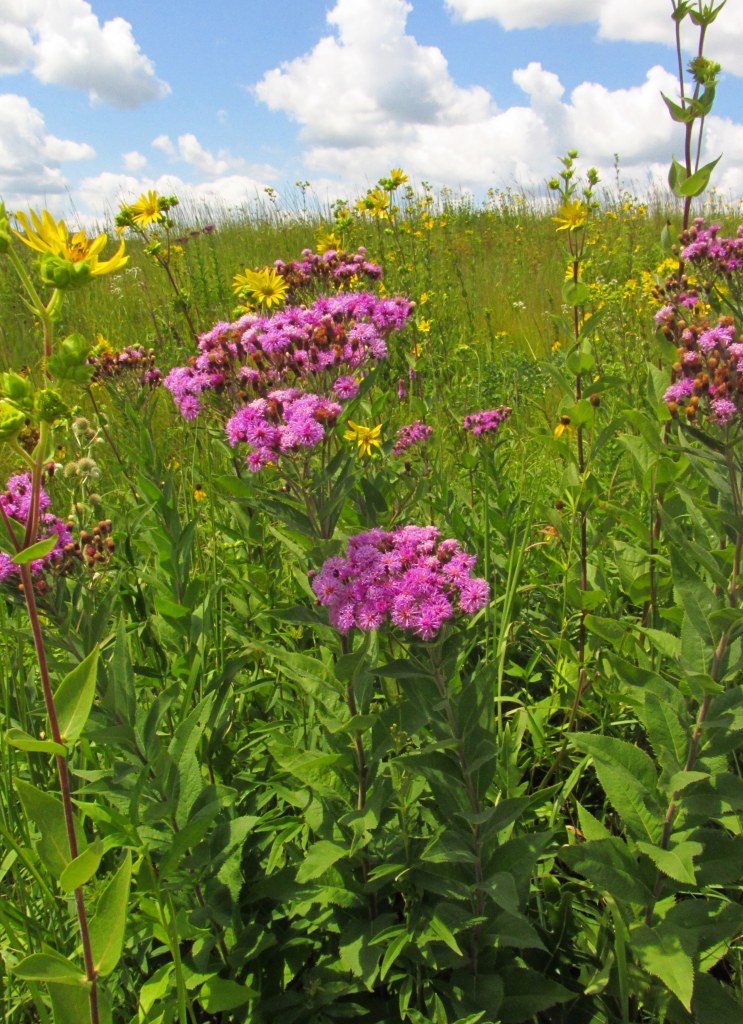
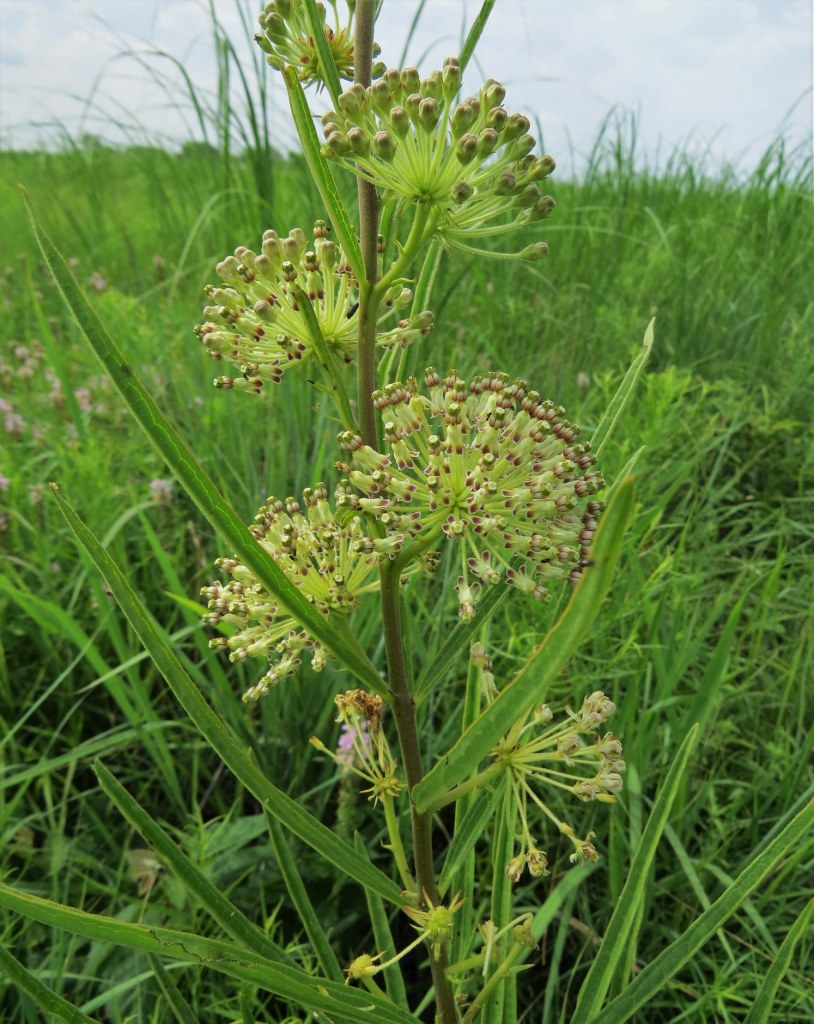
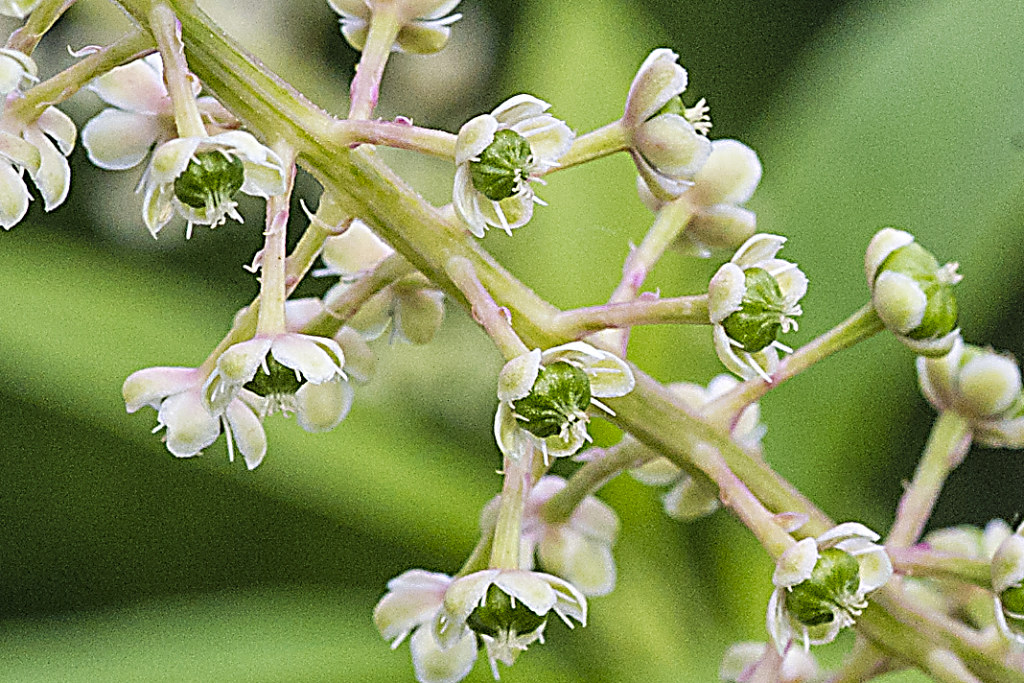
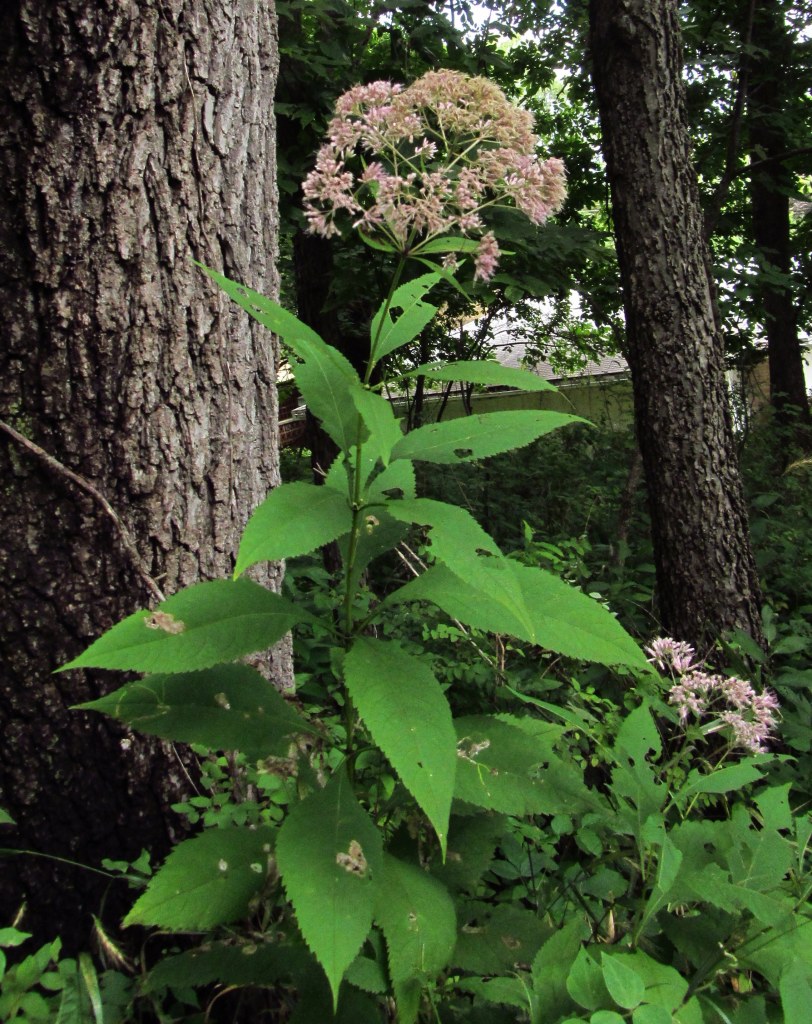
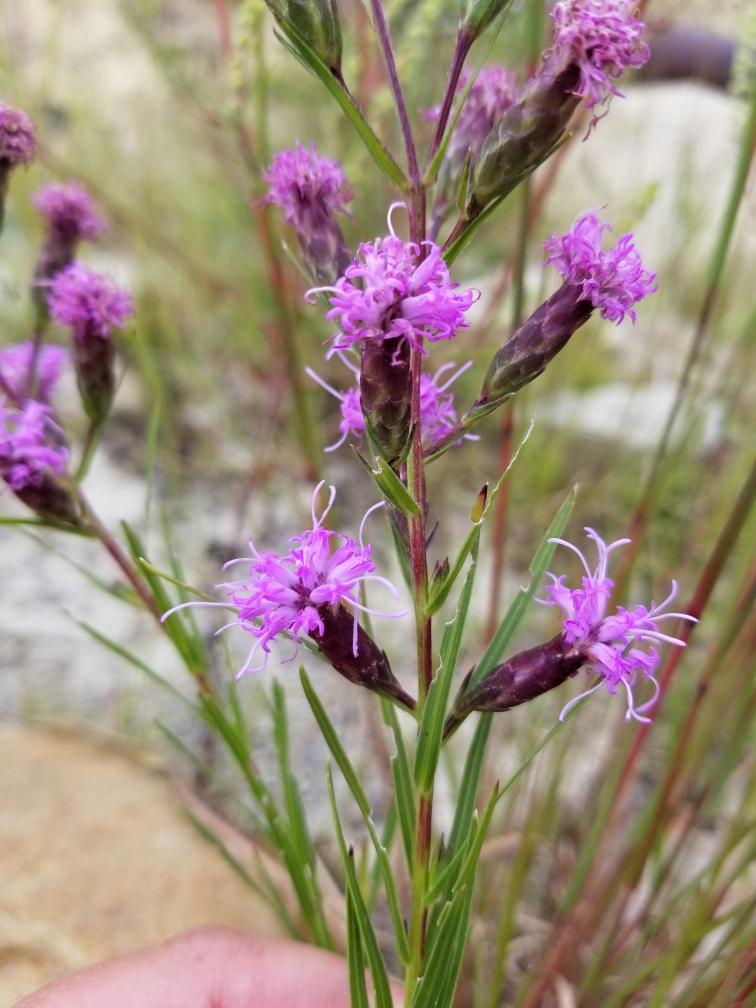
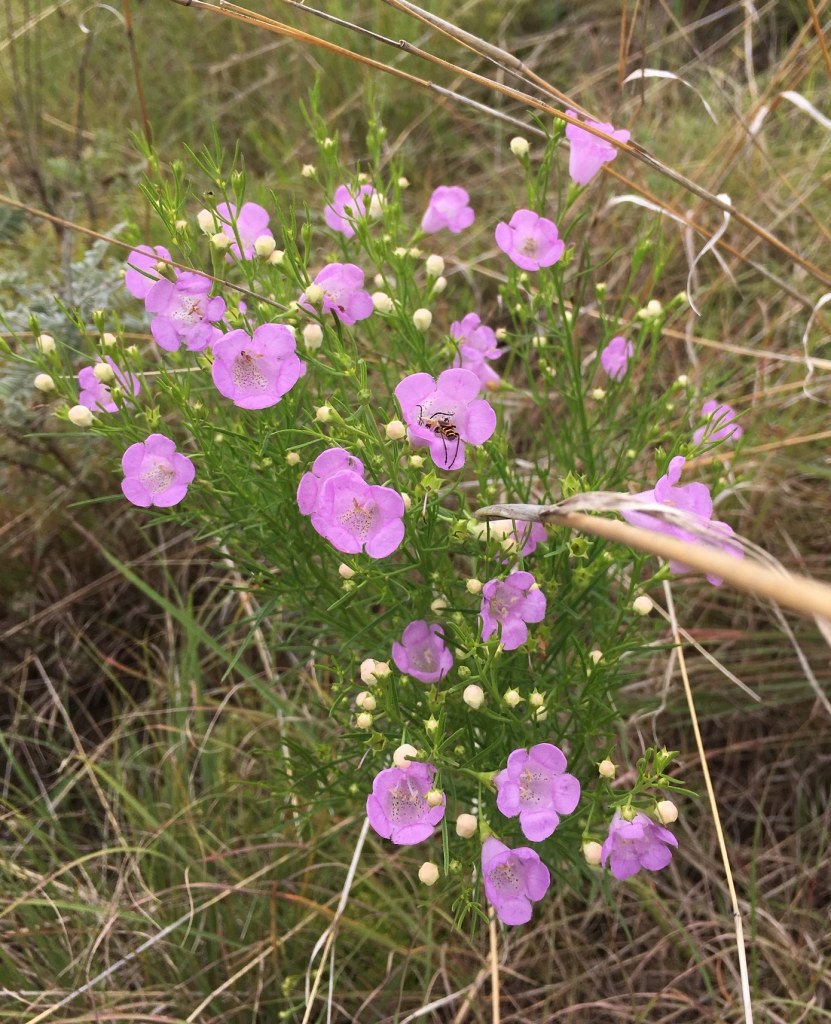
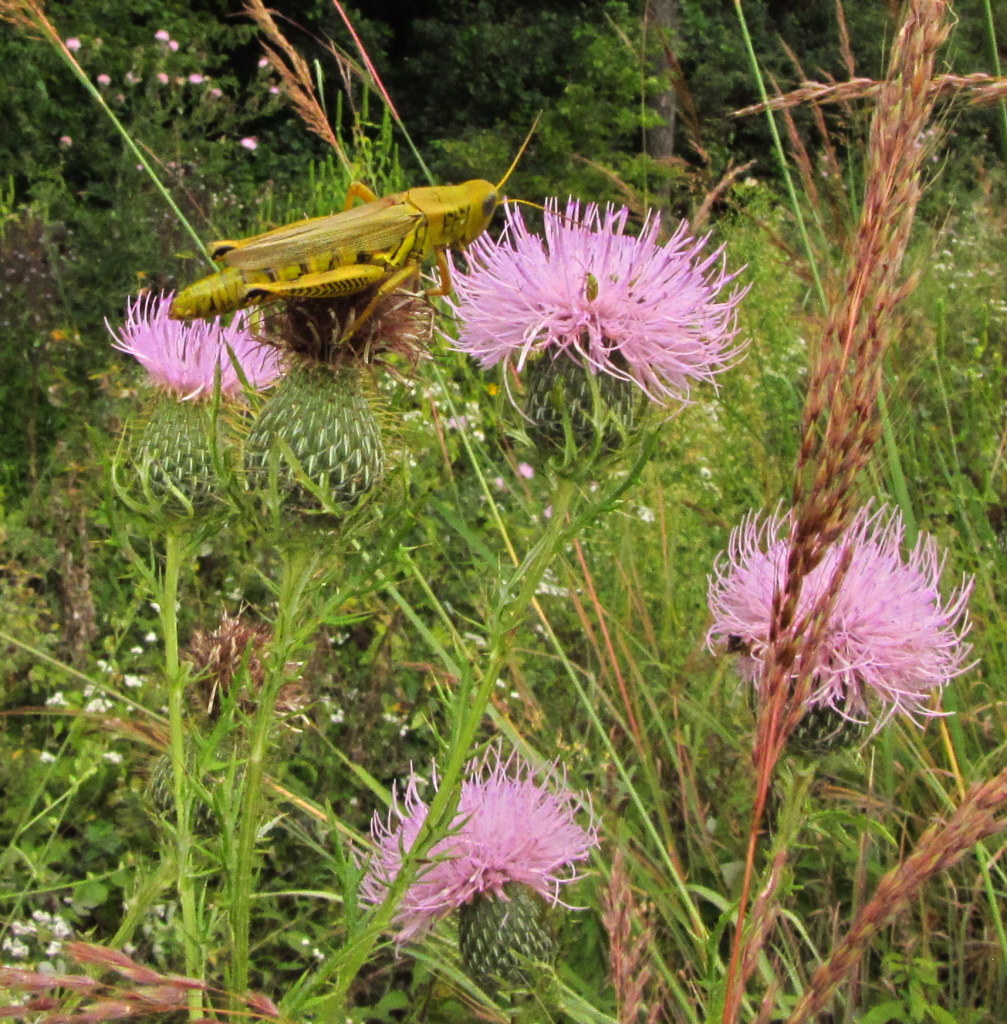
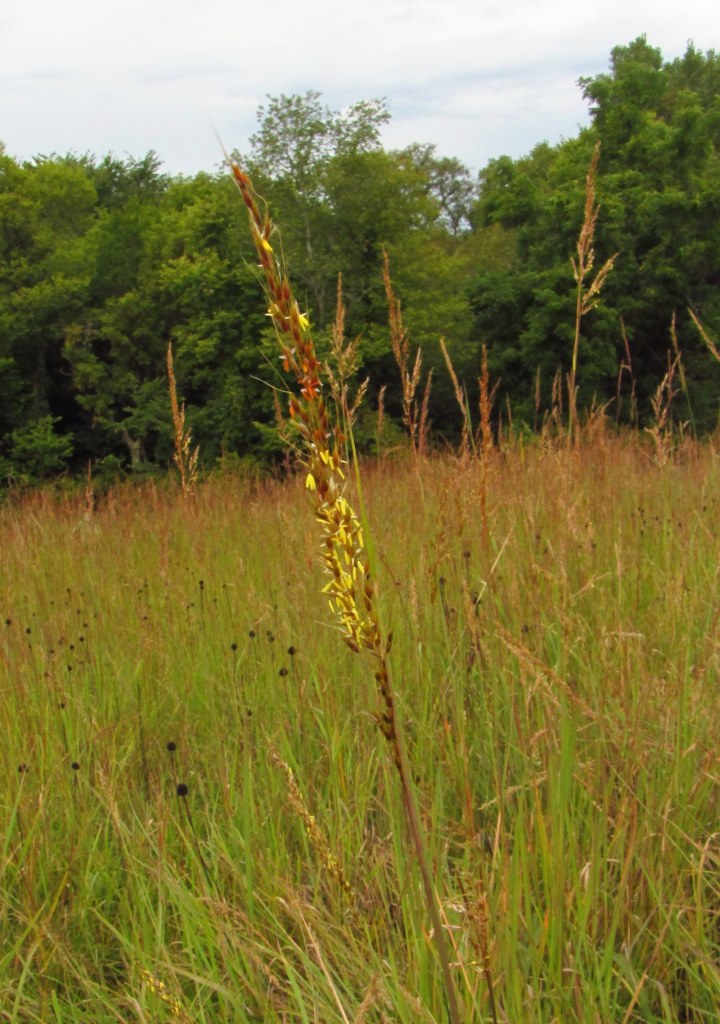
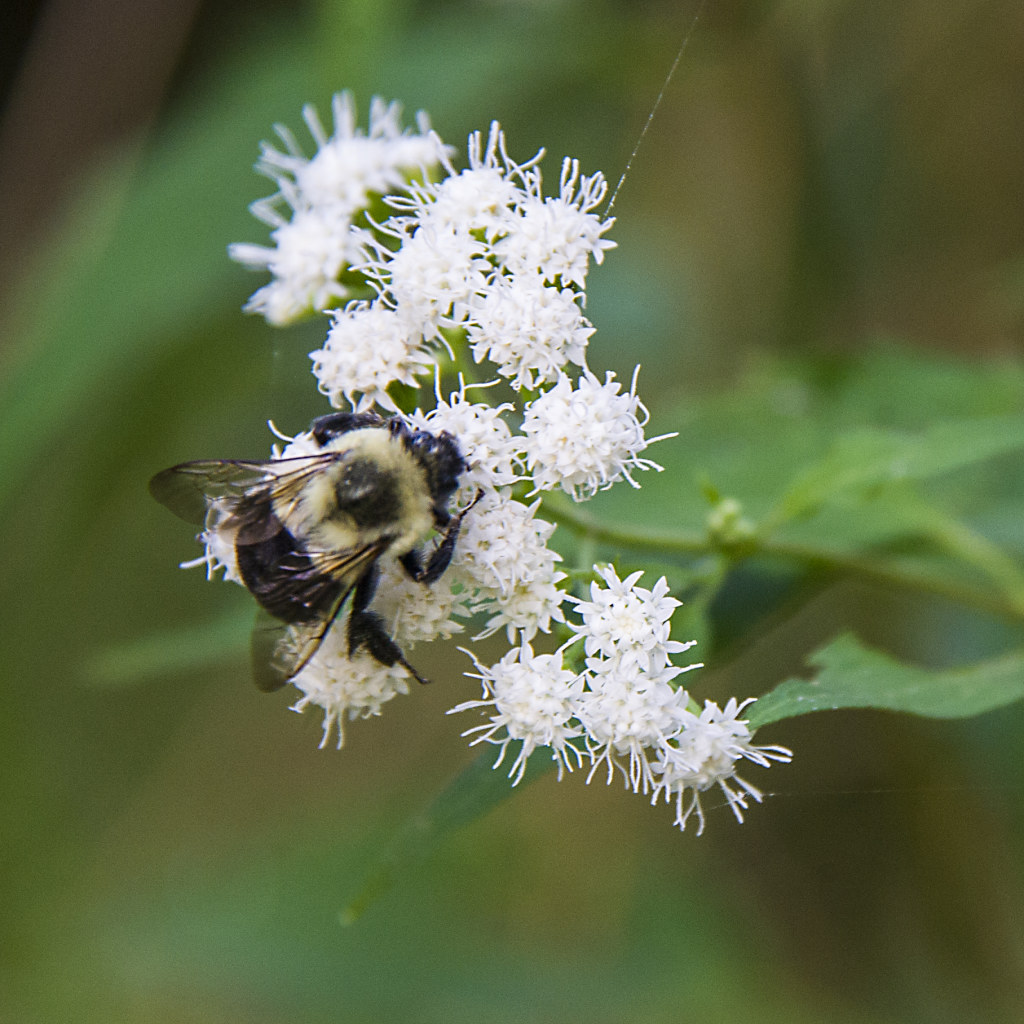
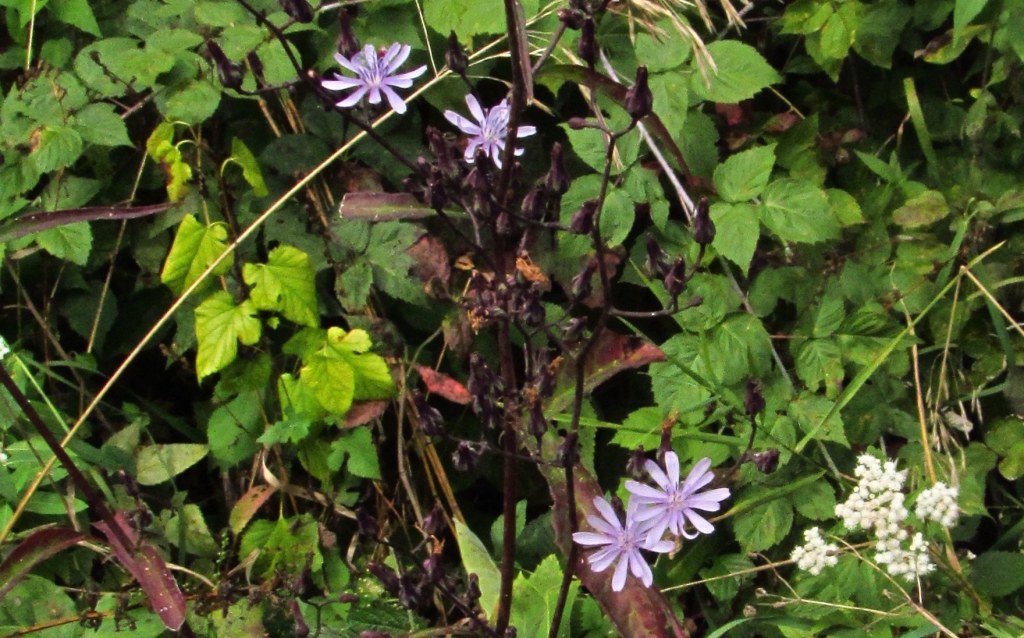
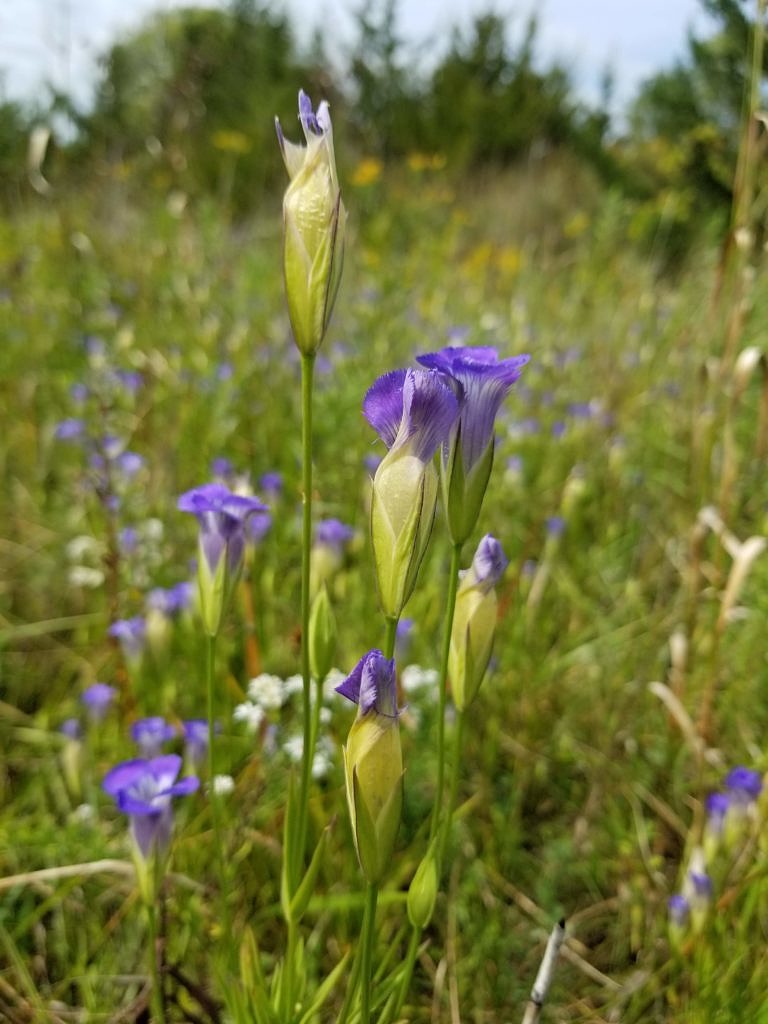
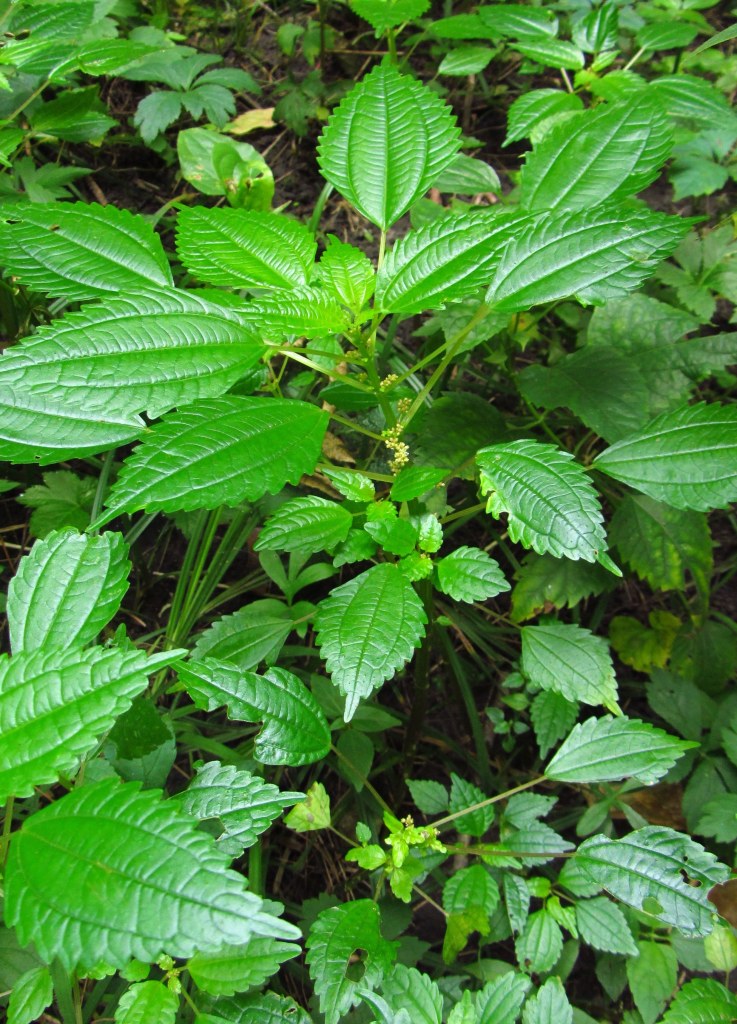
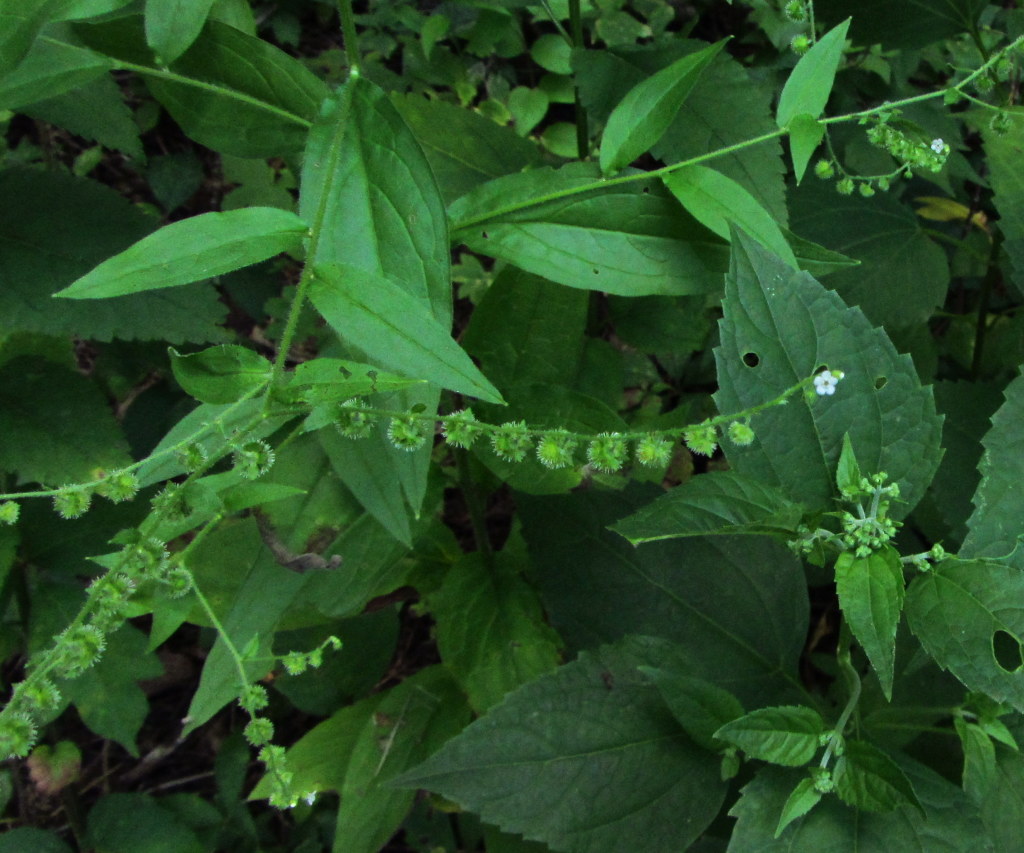
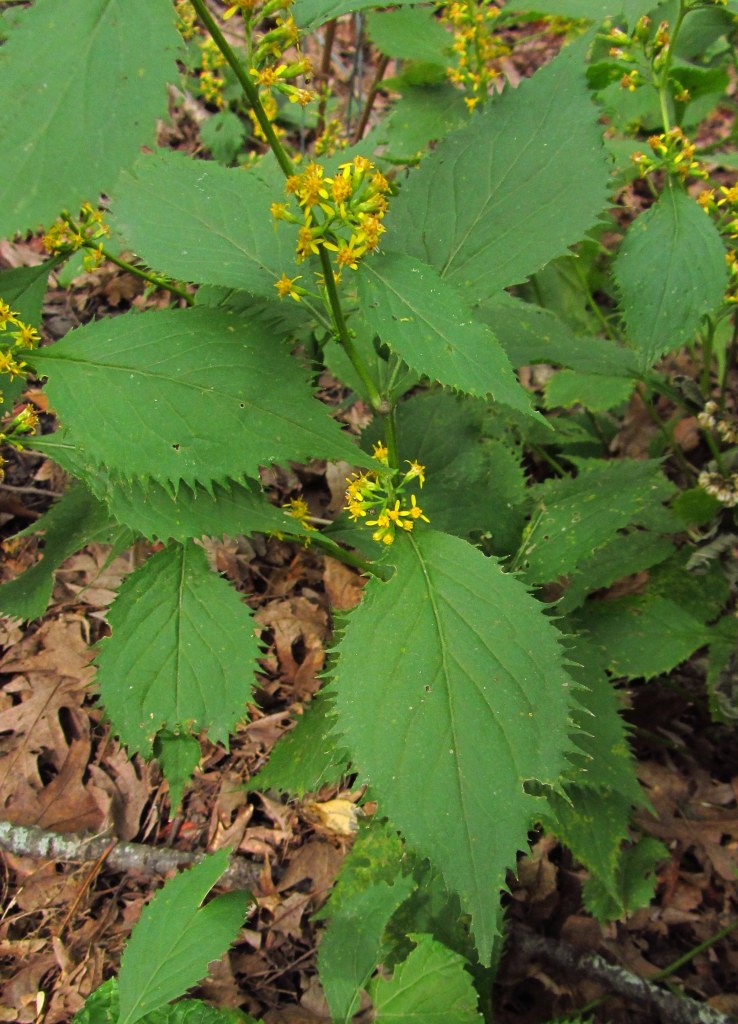
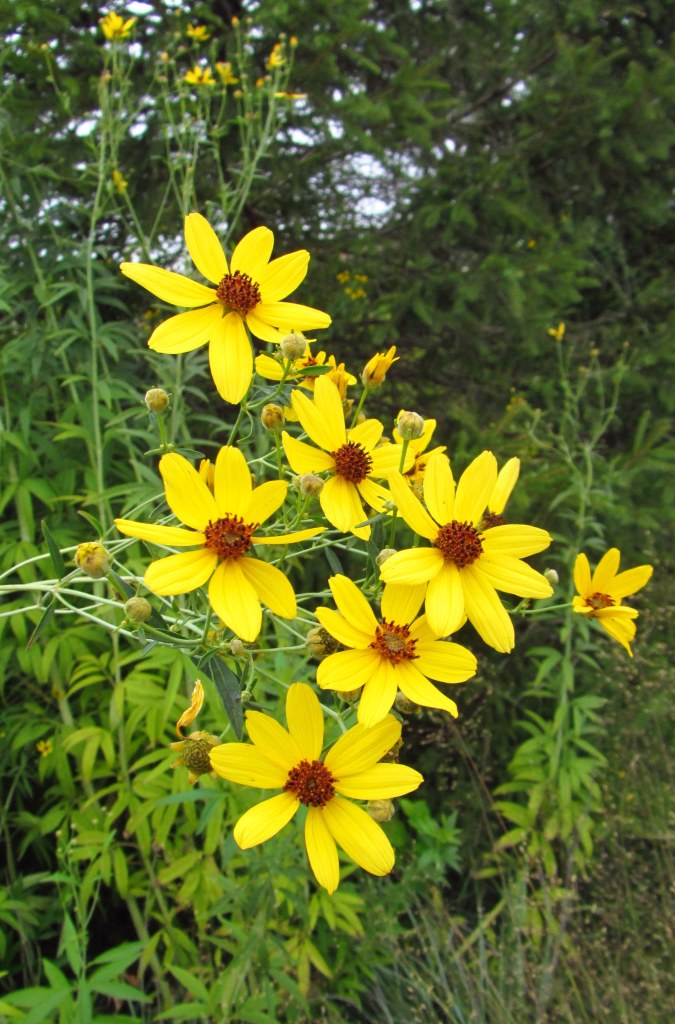
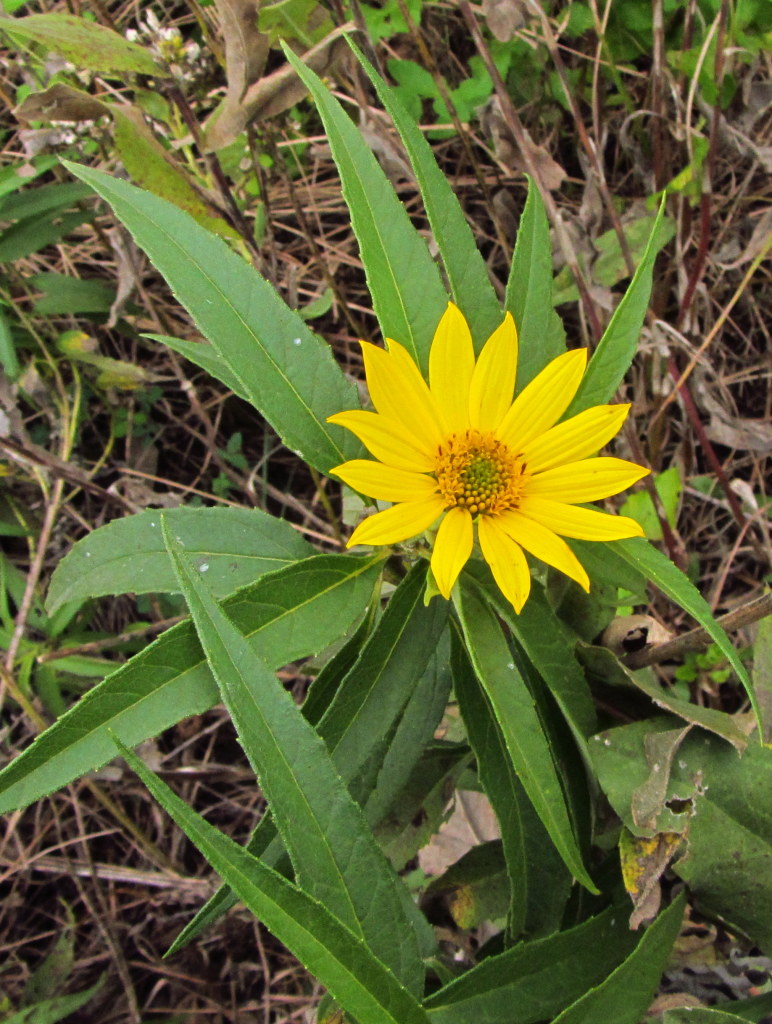
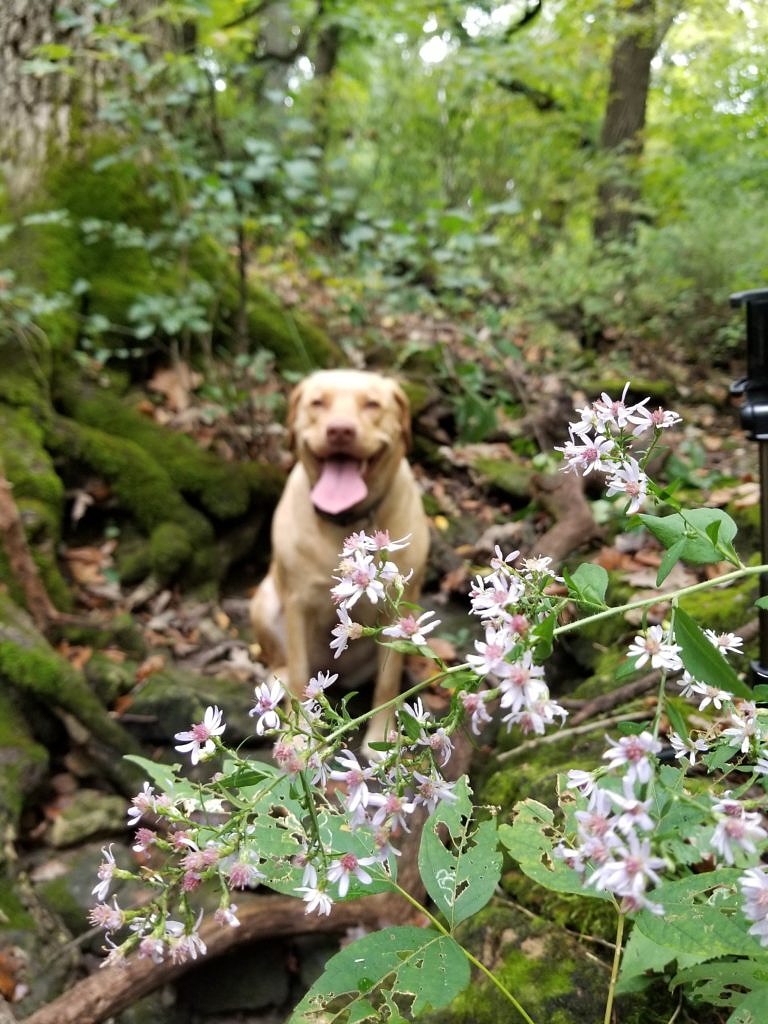
2 Comments
2020 vision
A Bleeding Heartland Wildflower Wednesday t-shirt should be a thing to wear in 2020.
Fly_Fly__Fly_Away Thu 26 Dec 9:13 AM
Nice idea!
And it was also a nice idea to give BH readers a chance to enjoy all these photos before winter sets in.
PrairieFan Thu 2 Jan 1:02 AM